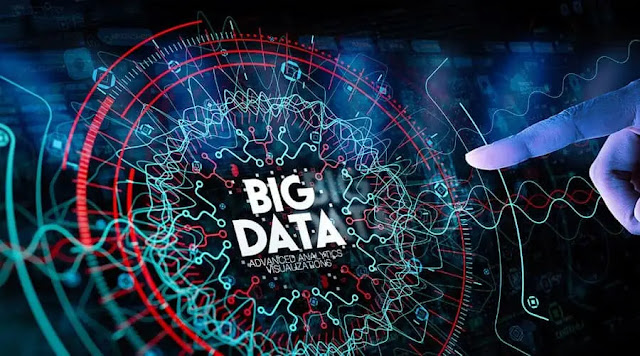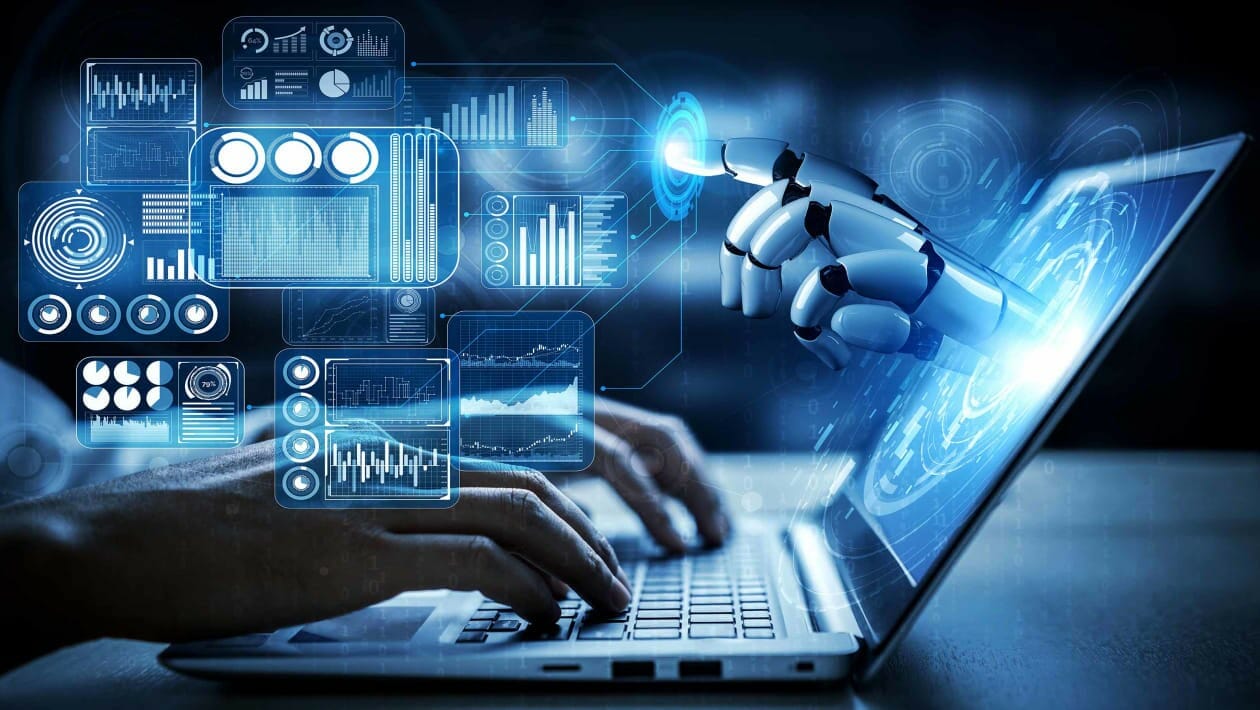In today’s fast-paced digital age, two game-changers are redefining the way we live, work, and connect: Big Data and Collaborative Computing. These dynamic forces, often working in tandem, are the driving engines behind innovative solutions that are transforming industries and shaping our future. In this article, we’ll take a journey into the world of Big Data and Collaborative Computing, demystifying these concepts in an engaging, down-to-earth manner.
The Big Data Boom
Big Data, as the name suggests, refers to the colossal amounts of information generated daily from various sources like social media, sensors, online transactions, and our trusty digital devices. It’s the digital footprint of our existence, and it’s growing exponentially.
Imagine your social media posts, online purchases, and even the steps you take being turned into data points. These data points, when combined with those from billions of others, create a treasure trove of information. But here’s the thing: raw data, on its own, is like an untamed beast. It’s vast, chaotic, and nearly impossible to decipher without the right tools.
That’s where Artificial Intelligence (AI) steps in.
AI: The Data Whisperer
AI is the tech wizard that transforms this data chaos into meaningful insights and actions. It’s the field of computer science that aims to make machines as smart as humans, teaching them to think, learn, and make decisions. AI uses advanced techniques like machine learning, natural language processing, computer vision, and deep learning to sift through Big Data and extract nuggets of wisdom.
Enhancing Customer Experience: Ever noticed how Netflix suggests movies tailored to your taste? That’s AI using Big Data to provide personalized recommendations based on your viewing history.
Revolutionizing Healthcare: AI can diagnose diseases, discover new drugs, and tailor treatments based on patients’ medical records and genetic data, thanks to the wealth of information stored in Big Data.
Transforming Education: Adaptive learning systems powered by AI can customize the curriculum, pacing, and feedback for students, ensuring a personalized and effective learning experience.
Boosting Security: AI keeps us safe by detecting fraudulent activities, cyber threats, and unusual behavior patterns within massive datasets, helping to safeguard our digital lives.
Saving the Environment: By analyzing data from sensors, satellites, and weather stations, AI optimizes energy consumption, reduces emissions, and predicts natural disasters to promote environmental sustainability.
Collaborative Computing: Strength in Unity
Collaborative Computing, on the other hand, is the team player in this tech ensemble. It’s all about connecting computers and software to work together toward common goals. Think of it as a digital orchestra where each instrument plays its part to create harmonious outcomes.
Data Sharing: Collaborative Computing allows data owners to securely share their data with others. This shared data becomes a valuable resource for AI, enhancing its capabilities.
Computational Powerhouse: By pooling computational resources across multiple devices or servers, Collaborative Computing accelerates AI’s ability to crunch through enormous datasets and perform complex tasks swiftly.
Storage Superpower: Collaborative Computing ensures that data is stored efficiently, making it accessible anytime and anywhere. Cloud computing, one of its tools, offers vast storage capacity for AI applications.
Human Touch: People play a crucial role too. Collaborative Computing engages humans in the creation and improvement of AI systems, enhancing data quality and diversity through annotations, evaluations, and suggestions.
The Symbiotic Relationship
What makes this collaboration between Big Data and Collaborative Computing so exciting is how they feed off each other. Big Data fuels AI’s hunger for information, and Collaborative Computing provides the stage where this synergy unfolds.
Imagine Big Data as a library filled with books of infinite knowledge. AI is the librarian who can make sense of this vast collection, and Collaborative Computing ensures the library stays open and accessible to all.
The result? An ever-evolving ecosystem of innovation that touches every aspect of our lives, from how we shop, learn, and stay healthy to how we secure our digital world and protect the planet.
But, like any superpower, these technologies come with responsibilities. Ethical issues, privacy concerns, security threats, and social impacts are all part of the equation. It’s crucial to use these tools responsibly and wisely, balancing their immense potential with the values and principles that guide our society.
In the end, Big Data and Collaborative Computing are the dynamic duo of the digital age, shaping our world one byte at a time. Together with AI, they’re not just tools; they’re partners in our ongoing journey of progress and innovation. So, as we navigate this brave new world, let’s harness their power, but also ensure we steer them in a direction that benefits us all.
Visit GadgetsHighTech to stay updated on the latest tech trends and discover more about the exciting world of Big Data and Collaborative Computing.









